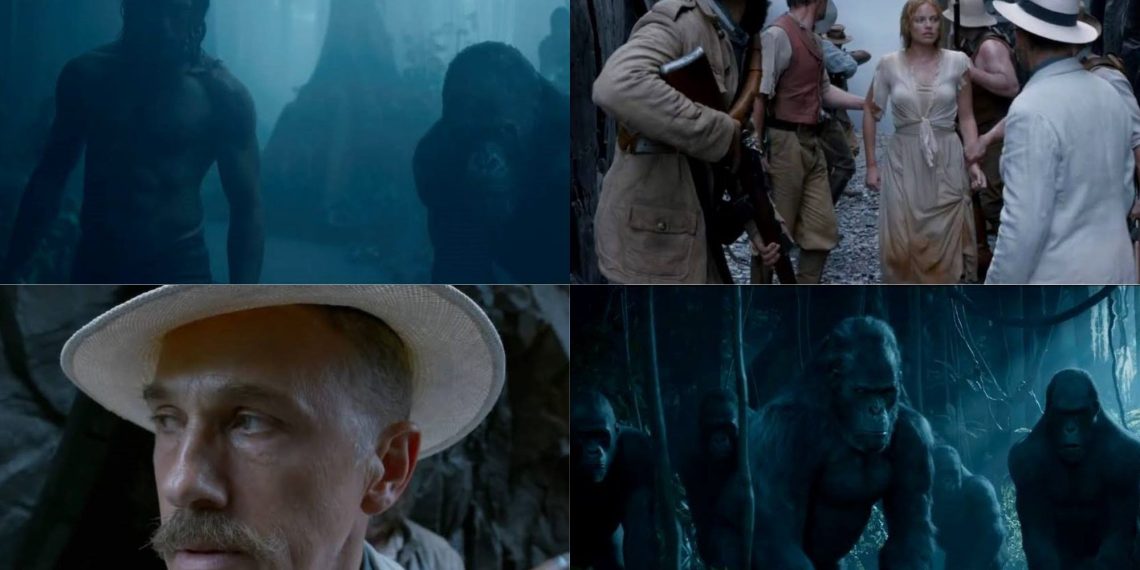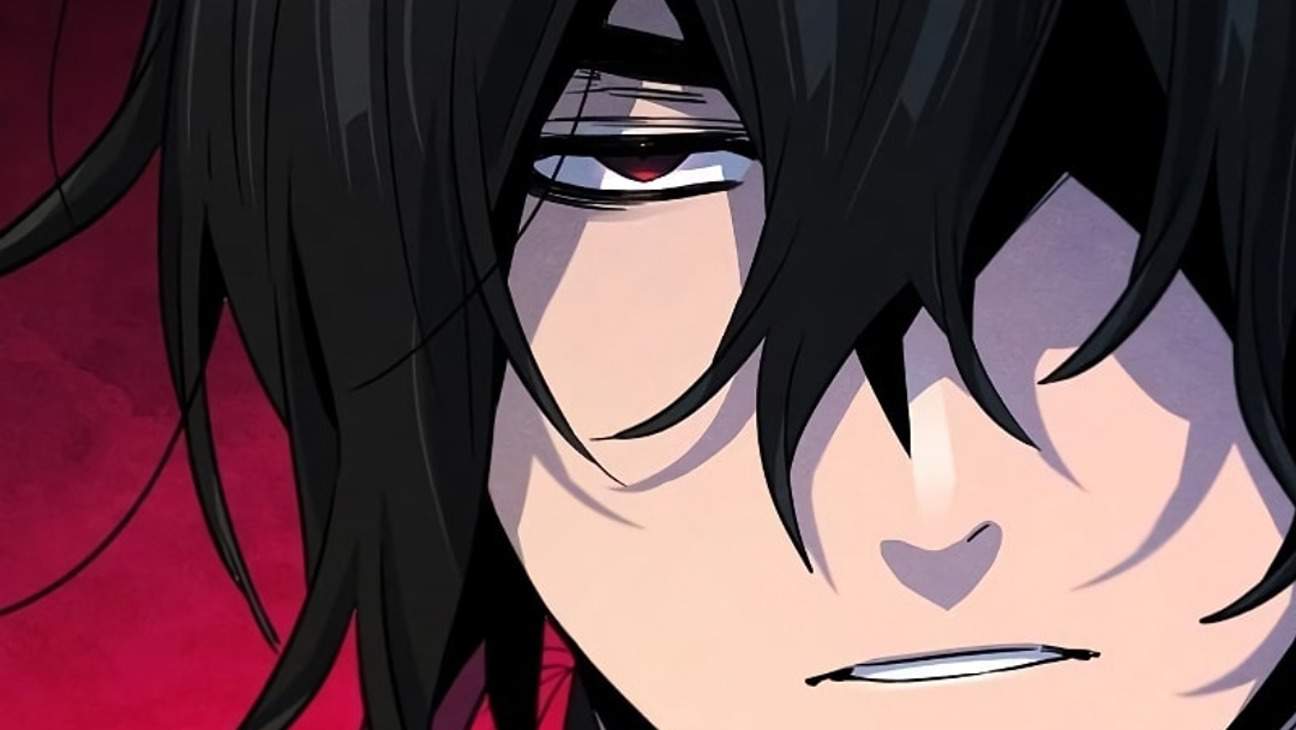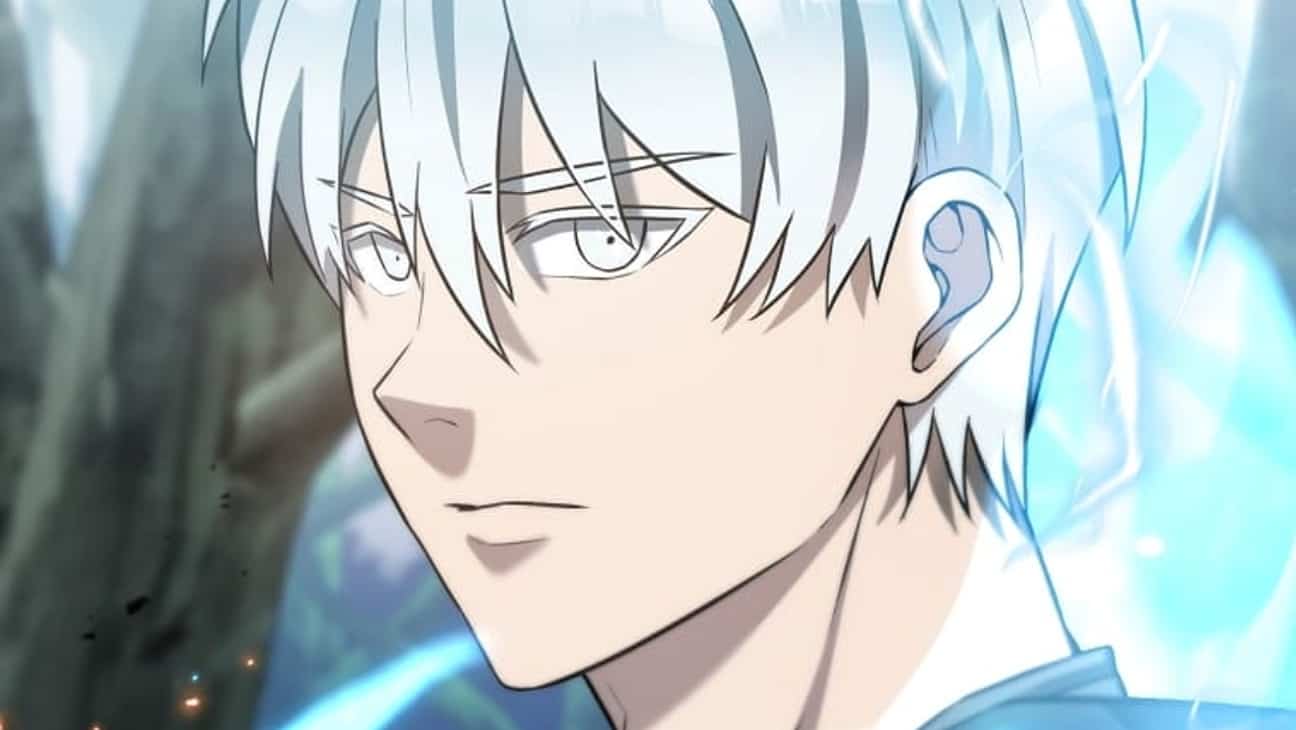Director David Yates managed to do a fine job with his version of the Tarzan story. Tarzan and his beloved wife, Jane get completely uprooted when the latter gets kidnapped by a Belgian envoy, and the former, Tarzan, has to back into his old self to get his wife back to him.
Starring talents like Alexander Skarsgard, Magot Robbie, Samuel L. Jackson, Jim Broadbent, Christopher Waltz, Ben Chaplin, Casper Crump, and many others, the movie has had its screenplay written by Adam Cozad and Craig Brewer.
The character of the leading man in the film is, obviously, an inspiration from the original fictional character, Tarzan, who was molded to life first by American writer, Edgar Rice Burroughs, who was famous among the science fiction and fantasy genre fans.
The Legend of Tarzan under Yates, who you may know from the final four Harry Potter films that he directed, definitely had a great story to tell but by the time the finished product was finally put in front of fans, the depth of the movie was almost lost.
Yates had a vision for John Clayton a.k.a Tarzan, he had wanted it to have layers as a character so that we could watch him peel those layers one by one as he got back in touch with his old self again. But somehow the movie fails to convey this depth and feels more like a failed attempt at creating the same magic he had brought to the screen with his work in Harry Potter.
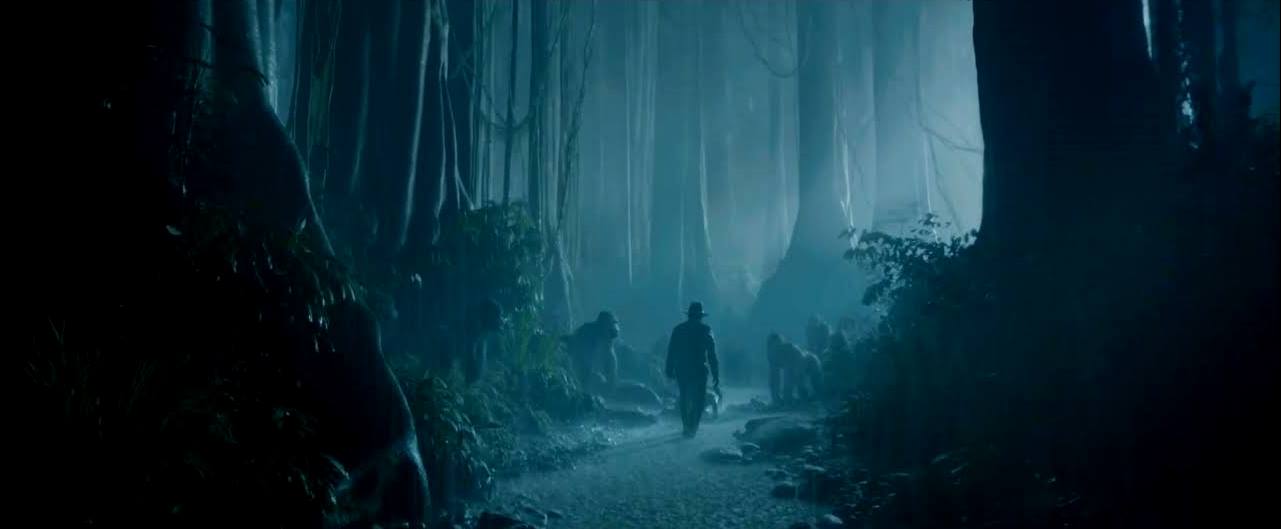
While Tarzan’s character had so much of Yates’ focus, it seems like Margot Robbie‘s character, Jane, was created in a rush. Only present in the story to bring light to Skarsgard’s character, the movie is superficial and only mildly entertaining.
But that should not stop us from indulging you in all of the places Yates and his crew traveled to get this movie wrapped and done. Make sure you read till the end to find out all about The Legend of Tarzan’s filming locations.
Tarzan 2016 Filming Locations
The original story following Tarzan is set heavily in Africa’s lush jungles, but our makers of The Legend of Tarzan lack the budget to fly the entire crew to the continent and then film the entire story there, had to make do with what parts of Europe could offer.
Of course, the crew did travel to Africa to get shots of the greenery and the jungles to add to the film. They remained in Gabon, a country in Central Africa, for no more than six weeks to get extra shots of the landscapes to add throughout the length of the film.
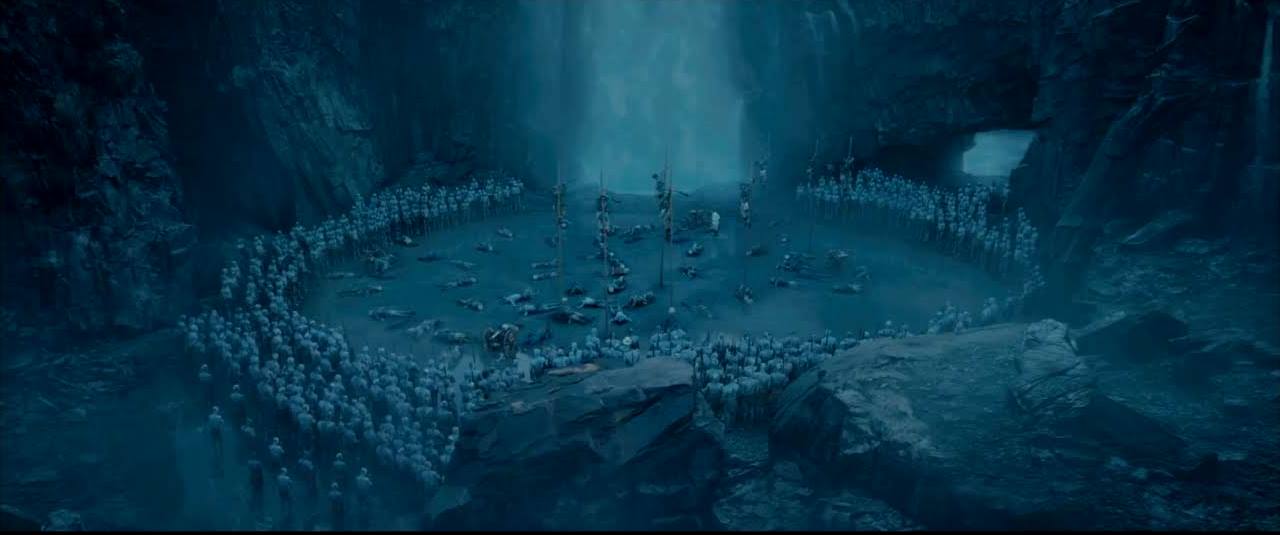
For the most part, the film was shot in soundstages created especially for this film in Southeast England. Yates had the art directors of the film work hard to create realistic sets with hopes of capturing the grand nature of the African jungles where Tarzan lived.
Starting shooting in June 2014, the crew spent four months at the Warner Bros. studios in Leavesden, Hertfordshire. With two large soundstages, the crew worked hard to create a variety of versions of the jungles to make it look like different locations.
The set called for special molds that were used to recreate the look of a village in Gabon, a hundred-foot tall waterfall was also built in one of the sets that had water being controlled by diesel pumps and plant life from Holland, Netherlands, was also brought in to make it all seem as real as possible.
The crew also built in the studio a water system that kept all the plants alive, though the big trees that you see in the scenes were all the creations of the art director and their talented crew. Leavesden’s water tank facility and Virginia Water in Surrey were locations used for the river scenes in the film.
The mansion, you see at the start of the film, where our leading couple was shown living happily, was the Kedlestone Hall, located in Derbyshire. The producers also made use of the cedar tree at the Highclere Castle, Hampshire, England.
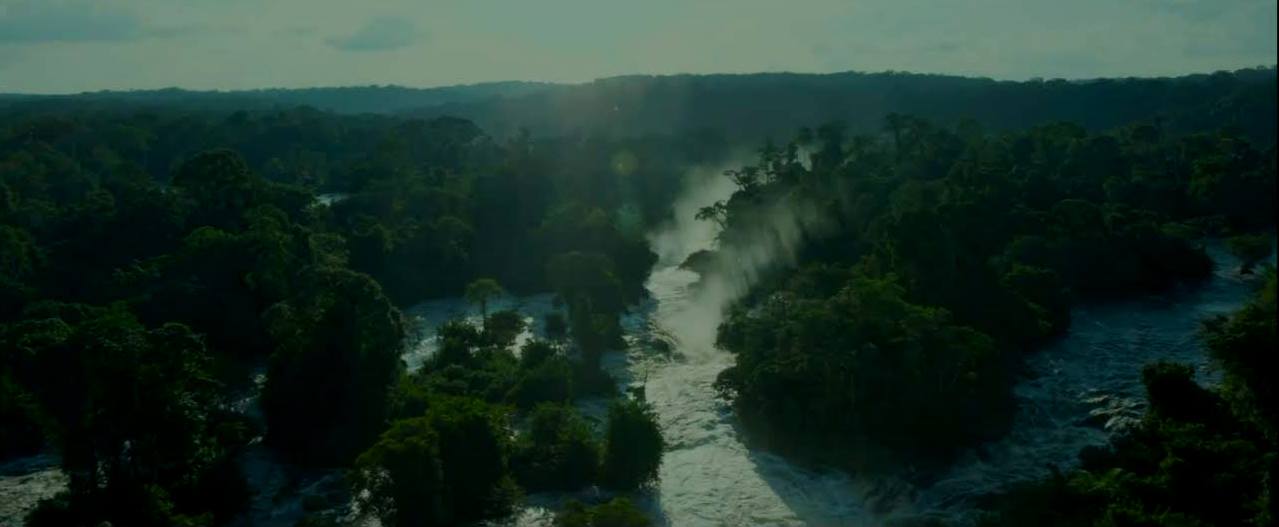
The entire film was shot under a budget of $18 million and while that is not a lesser amount, it was still not enough to accommodate the entire crew going to Africa, battling the harsh environmental conditions, and getting the filming done.
Because of this, after the principal photography of the movie was almost done, part of the crew flew to Gabon for six weeks to get shots of the gorgeous jungles through aerial footage that was filmed using high-definition cameras, which sometimes had to be suspended from the helicopters with the help of a fifty-foot long wire to get the proper shots.
This footage was then added to the scenes during the post-production, and this added immensely to the epic nature of the film, which was slightly visually pleasing to watch despite its lack of a great story.

